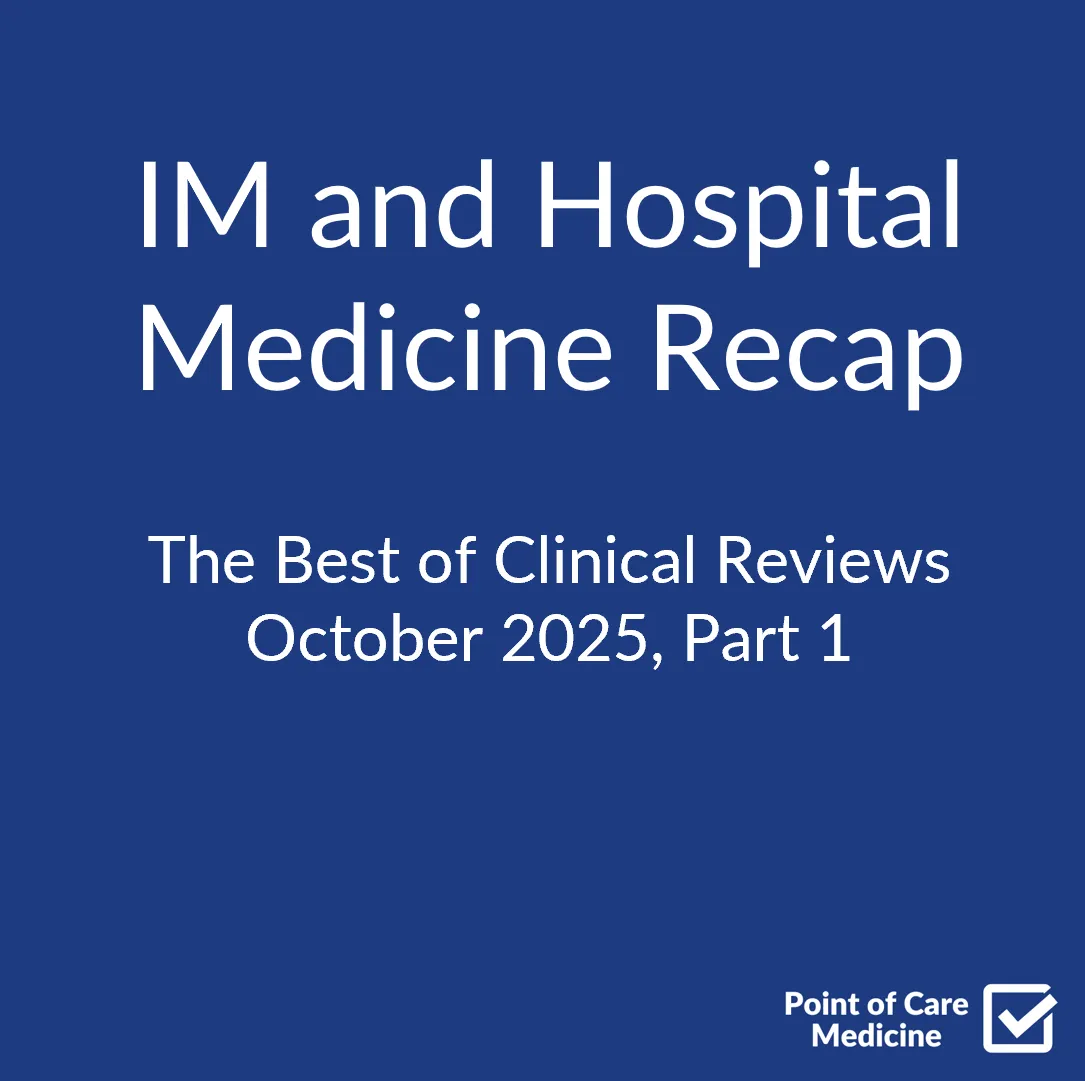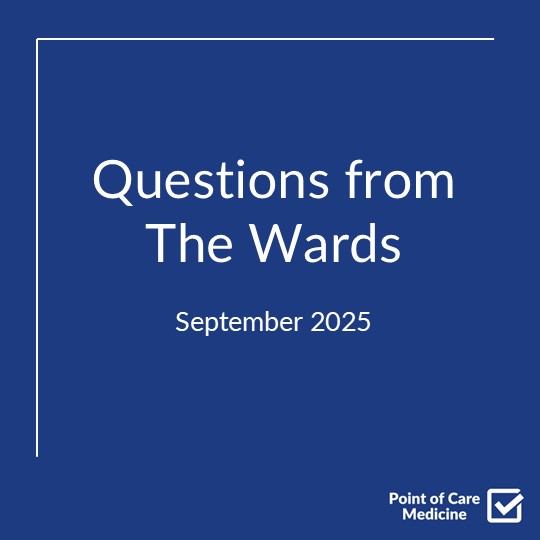Audio
Video
1. Obstructive HCM is defined by a dynamic LVOT gradient caused by septal hypertrophy and systolic anterior motion (SAM) of the mitral valve.
Hypertrophic cardiomyopathy is broadly divided into non-obstructive and obstructive forms, with the latter accounting for approximately 70% of cases. The obstruction is not fixed; it is a dynamic process occurring in the left ventricular outflow tract (LVOT). The primary drivers are the hypertrophied interventricular septum bulging into the LVOT and the systolic anterior motion (SAM) of the anterior mitral valve leaflet, which moves toward the septum during systole. This creates a gradient that worsens with any maneuver that decreases preload (e.g., Valsalva, dehydration, standing) or increases contractility (e.g., exercise, sympathomimetics). For this reason, medications like vasodilators (e.g., nitrates, dihydropyridine calcium channel blockers) and pure inotropes (e.g., digoxin) must be used with extreme caution or avoided entirely in patients with obstructive HCM, as they can precipitate hemodynamic collapse by exacerbating the gradient.
2. Primary prevention of sudden cardiac death (SCD) with an ICD is guided by the presence of specific major risk factors.
While HCM is a leading cause of sudden cardiac death (SCD) in young people, the absolute annual risk has been reduced to less than 0.5% with modern risk stratification and ICD implantation. The decision to place an ICD for primary prevention is not based on diagnosis alone but on a constellation of validated risk markers. Key factors that strongly favor ICD placement include: a family history of SCD attributed to HCM, massive left ventricular hypertrophy (wall thickness ≥30 mm), recent unexplained syncope, the presence of an LV apical aneurysm, and an ejection fraction <50%. Other important, though less definitive, markers include multiple or prolonged runs of nonsustained ventricular tachycardia (NSVT) on ambulatory monitoring and extensive late gadolinium enhancement (LGE) on cardiac MRI, which signifies myocardial fibrosis and scarring.
3. The stepwise medical management of symptomatic obstructive HCM begins with negative inotropes, followed by cardiac myosin inhibitors.
The goal of medical therapy in obstructive HCM is to alleviate the LVOT gradient and improve symptoms like dyspnea and angina. Treatment follows a guideline-directed stepwise approach. First-line therapy consists of beta-blockers, which reduce heart rate and contractility, thereby increasing diastolic filling time and lessening the dynamic obstruction. If beta-blockers are insufficient or not tolerated, non-dihydropyridine calcium channel blockers (verapamil or diltiazem) are the next step. For patients who remain symptomatic, third-line options include cardiac myosin inhibitors or, less commonly now, the addition of disopyramide. This structured approach is crucial for optimizing medical therapy before considering more invasive options.
4. Cardiac myosin inhibitors are a novel, targeted therapy that directly reduces sarcomeric hypercontractility.
The underlying pathophysiology of HCM involves mutations in sarcomeric proteins that lead to an excess of actin-myosin cross-bridges and subsequent hypercontractility. Cardiac myosin inhibitors, such as mavacamten and aficamten, are a new class of drugs that directly target this mechanism. By allosterically inhibiting cardiac myosin ATPase, they reduce the number of force-producing cross-bridges, decrease contractility, and alleviate LVOT obstruction. Landmark clinical trials like EXPLORER-HCM (mavacamten) and SEQUOIA-HCM (aficamten) demonstrated significant improvements in LVOT gradients, exercise capacity, and symptoms. The primary side effect is a reversible reduction in LVEF, which requires serial echocardiographic monitoring as part of a mandated safety program.
5. Atrial fibrillation in HCM carries a high thromboembolic risk, and anticoagulation is indicated regardless of the CHA₂DS₂-VASc score.
Atrial fibrillation develops in approximately one-quarter of patients with symptomatic HCM and is often poorly tolerated hemodynamically. The loss of a coordinated atrial contraction ("atrial kick") significantly impairs the filling of the stiff, noncompliant left ventricle, which can lead to acute heart failure. Furthermore, the combination of left atrial enlargement, fibrosis, and stasis creates a highly prothrombotic state. The risk of stroke is substantially elevated, and standard clinical risk scores like the CHA₂DS₂-VASc score are not reliable for risk stratification in this population and should not be used to withhold treatment. Therefore, prompt and definitive anticoagulation is essential for all patients with HCM who develop atrial fibrillation to mitigate their high thromboembolic risk.
6. For medically refractory obstructive HCM, septal reduction therapy via surgical myectomy or alcohol ablation is the definitive treatment.
When patients with obstructive HCM remain severely symptomatic (NYHA Class III-IV) despite maximal medical therapy, invasive septal reduction therapy (SRT) is indicated. Surgical septal myectomy is the gold standard, involving the direct excision of a portion of the hypertrophied basal septum to widen the LVOT. It has a long track record of excellent outcomes when performed at experienced centers. Alcohol septal ablation is a less invasive, catheter-based alternative reserved for older patients or those who are poor surgical candidates. This procedure involves injecting ethanol into a septal perforator coronary artery to induce a controlled myocardial infarction and subsequent scarring and thinning of the basal septum. While effective, it carries a higher risk of requiring a permanent pacemaker compared to myectomy.
Source
Hypertrophic Cardiomyopathy (NEJM, 2025)
Braunwald E. Hypertrophic Cardiomyopathy. N Engl J Med. 2025;393(10):1004-1015. doi:10.1056/NEJMra2413445







.png)
